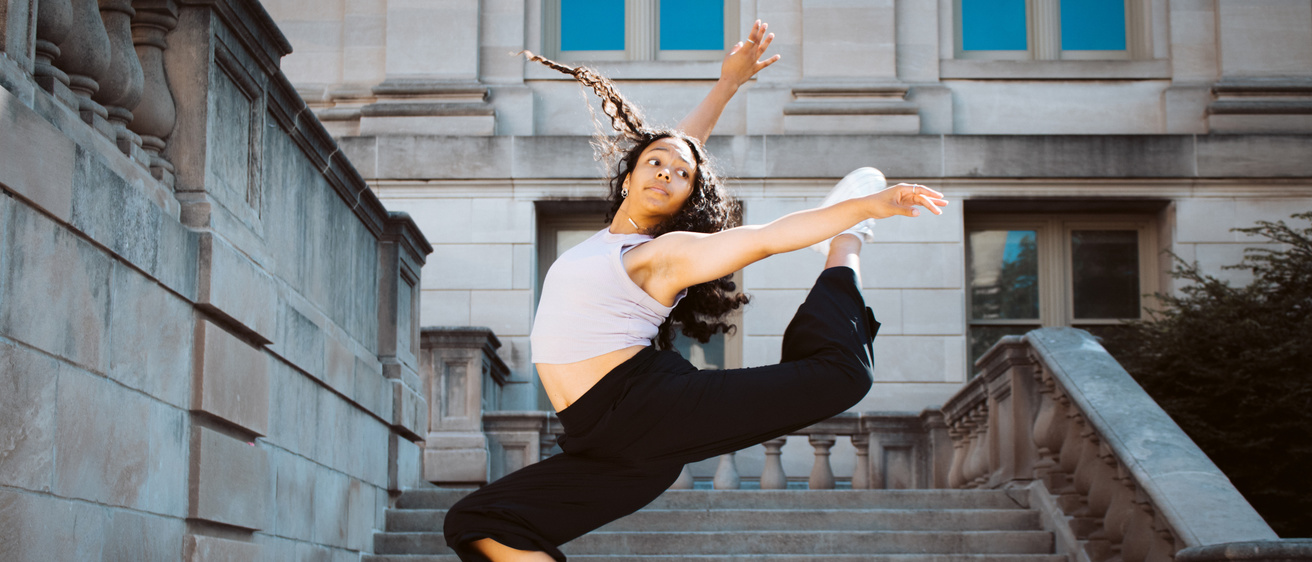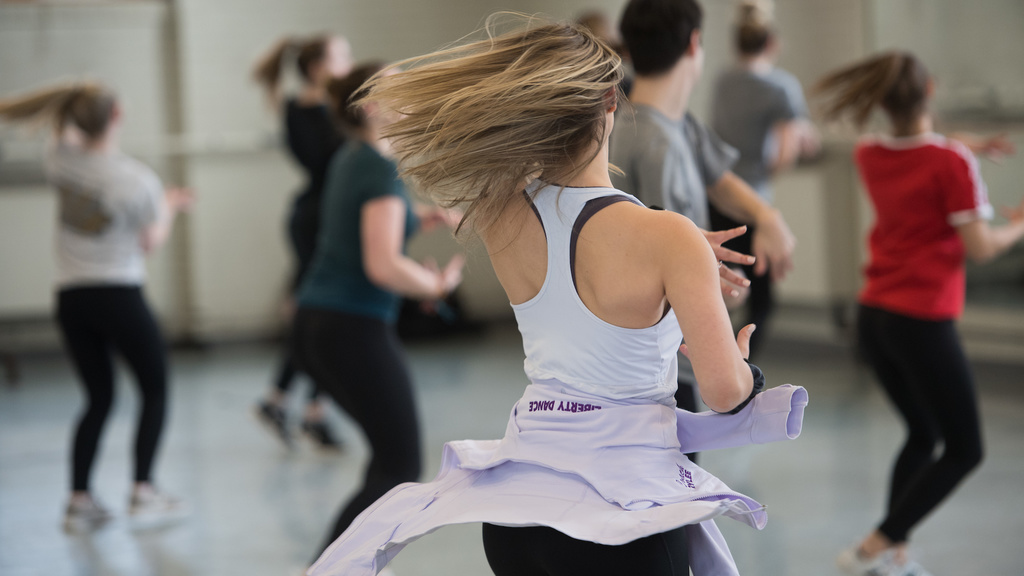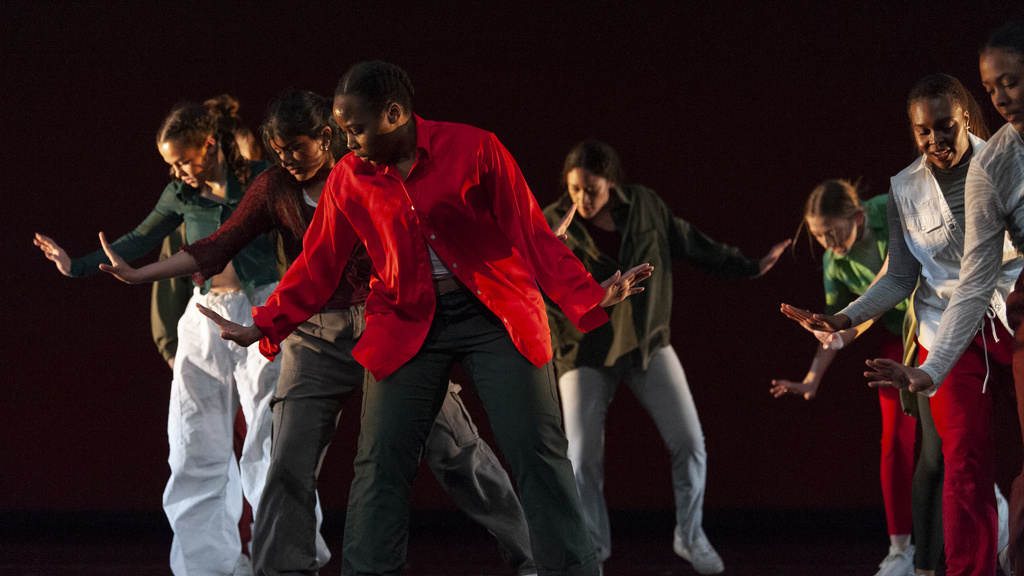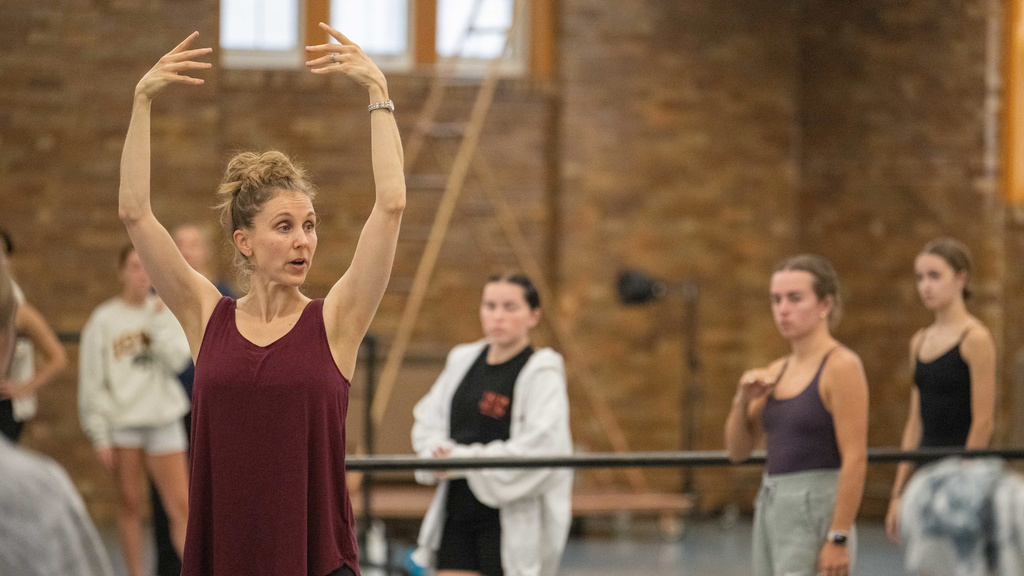Main navigation
Put your love of dance at the heart of your college experience
Your passion for dance--and the creativity, teamwork, and communication skills that dance brings to the table--can help you succeed in any profession you choose. Join the Iowa Dance family, and train and perform with talented students and inspiring professors as you earn a well-rounded, world-class education. As a graduate, you'll leave the dance program with a rigorous education in dance technique and theory, a strong sense of self, and abilities to think creatively, work collaboratively, and fully engage in dance as doers and makers.
Explore our undergraduate programs
Dance Undergraduate Programs
Dance outside the lines
At Iowa, we share your passion for dance.
We want you to spend your life immersed in its joy and creative freedom.
But we know that you're more than one thing. You're a unique and complex person with lots of interests, including ones you haven't even discovered yet.
So we've designed our dance majors to allow you to explore it all, as part of a broad-based liberal arts and sciences education.
Our BA program is perfect for pairing with a second major. BA students take rigorous studio courses, perform regularly, learn choreography, and study dance theory, digital arts, and global expressions of dance and movement. Alongside that extensive dance work, we've seen our BA students add majors in music, theatre, biology, business, creative writing, history, and more. If Iowa offers it among our 200+ majors, and you're qualified to enroll in it, you can make it your second major.
If you plan to build a career in dance, our BFA program is for you. The BFA major requires more semester hours than the BA, with more extensive dance-specific coursework and a final senior project. You can add a second major or a certificate or minor, but even if you focus solely on dance, you'll still take courses in a wide range of subjects.
10+
events featuring student performers and choreographers per year
Creative freedom. Community support.
Iowa is famous for the arts, and Iowa's dance department is comprised of artistic and academic leadership for the 21st Century.




